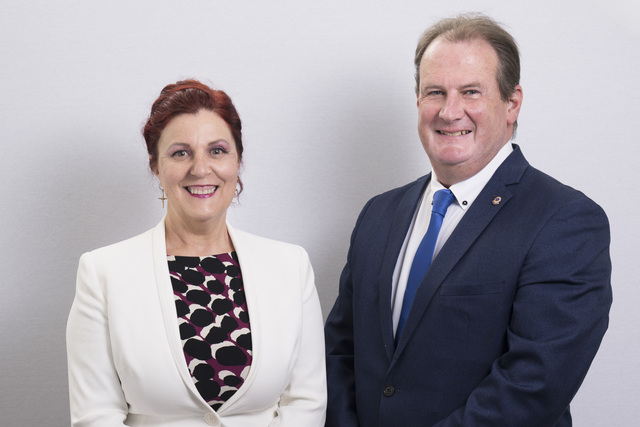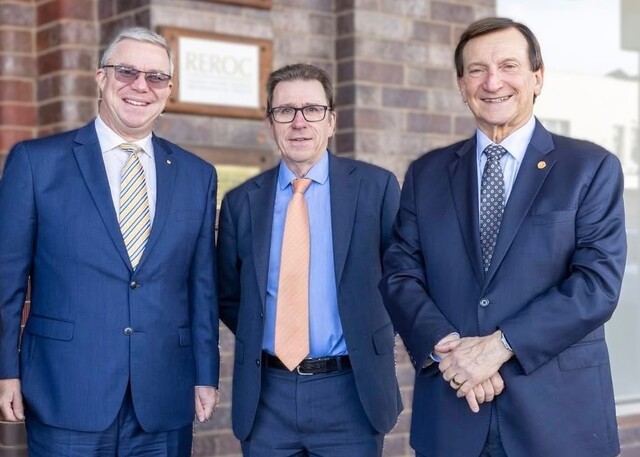The Australian Local Government Association’s 2012 National Local Roads and Transport Congress, held in Hobart in November, raised some big questions about Australia’s ailing infrastructure, with the perennial issue of funding at the top of the list.
The Congress kicked off with a series of addresses from international experts in the management of road assets, including Matthew Lugg, Director of Environment and Transport for Leicestershire County Council in the United Kingdom and David Adamson, Chief Executive of the Southland District Council in New Zealand.
Having recently led a UK Government review into damage to roads caused by severe weather, Mr Lugg told delegates that “One of the key findings from the review was that much of this damage could have been prevented by better asset management.”
This finding is in line with the fact that councils around Australia are in the process of developing asset management policies, to which ALGA is contributing, and that are consistent with the asset planning and management guidelines set out by the Federal Government.
State of the assets
The second day of the Congress saw the launch of the inaugural National State of the Assets Report 2012, based on research commissioned by ALGA, produced by Jeff Roorda and Associates (JRA), and prepared in order to assess the state of local infrastructure, whether communities’ needs are being met, and the adequacy of current expenditure.
A disturbing element of the report is the estimation that 12 percent of local government transport assets are in poor or very poor condition. This ties in with the original ALGA projection that expenditure on infrastructure needs to increase by an average of $1.2 billion per year in order to avoid deterioration of the local road network.
According to the ALGA, a study undertaken by PricewaterhouseCoopers in 2006 found that the potential aggregate backlog for all 560 Australian local councils was approximately $14.6 billion, with an annual sustainable funding gap of $1.1 billion.
These figures are disturbing an highlight the need for programs such as Roads to Recovery (R2R) to be maintained, and for further funding options to be explored.
As newly elected ALGA President, Felicity-ann Lewis said, “Local roads make up more than 80 percent of the nation’s road system and are maintained by councils. Without adequate support, we will struggle to maintain local roads to the standards necessary to ensure transport safety.
“Improving the quality of our roads will contribute to safer roads. On average, four people are killed and 90 are seriously injured every day on Australia’s roads. This equates to the loss of 1500 lives a year as a result of road crashes.”
In the debate and discussion that followed the launch of the report, Congress delegates reaffirmed their commitment to establishing best practice asset management within councils across Australia, and to providing their communities with a well-maintained and safe transport infrastructure. This commitment means little, however, without coterminous support, in terms of both policy and funds, from the other levels of government.
The National State of the Assets Report 2012 can be downloaded from www.alga.asn.au.








